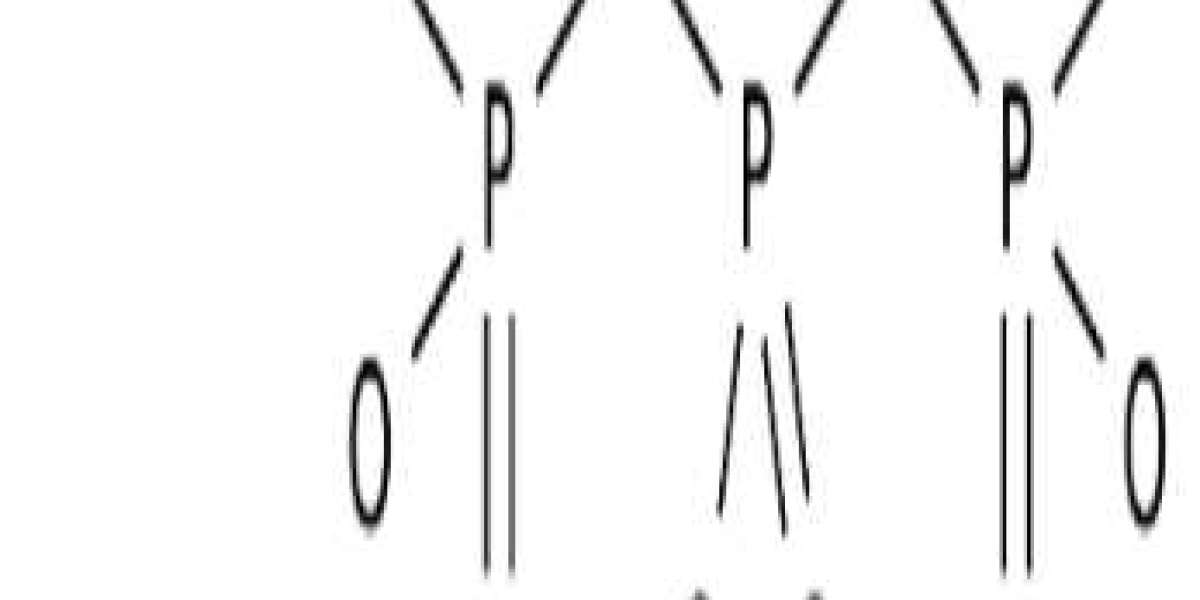GHS Classification:
|Warning|H315 (100%): Causes skin irritation [Warning Skin corrosion/irritation]|P261, P264, P271, P280, P302+P352, P304+P340, P305+P351+P338, P312, P321, P332+P313, P337+P313, P362, P403+P233, P405, and P501|Aggregated GHS information provided by 43 companies from 2 notifications to the ECHA CL Inventory. Each notification may be associated with multiple chemical companies.
Use and Manufacturing
mainly used as syndet adjuvant, soap synergist, and prevent bar soap from oiling off and blooming; has strong emulsification on lubricant and oils and fats, can be used to adjust the PH value of buffer soap solution; can be used as water softener for industrial water, pre-tanning agent and dyeing adjuvant; drilling mud dispersant; dispersant in preparing suspension in paint, kaolinite, magnesium oxide, calcium carbonate, etc.; oil-proofing agent and antifoulant in the paper chemical companies industry.
Pharmaceutical secondary standards for application in quality control provide pharma laboratories and manufacturers with a convenient and cost-effective alternative to the preparation of in-house working standards.
These secondary standards offer multi-traceability to the USP, EP, and BP primary standards, where they are available. This Certified Reference Material (CRM) is produced by chemical companies and certified by ISO 17034 and ISO/IEC 17025. All information regarding the use of this CRM can be found on the certificate of analysis. To see an example of a Certificate of Analysis for this material enter LRAC3454 in the Documents slot below. This is an example certificate only and may not be the lot that you receive.
Chelating effect on heavy metal ions: During the washing process, heavy metal ions in water can combine with detergent molecules to form insoluble metal salts, reducing washing ability, and even completely losing their function. Therefore, it is necessary to add chelating agents to the detergent, which can turn the heavy metal ions contained in the water into harmless substances. Sodium tripolyphosphate has a strong chelating effect on heavy metal ions, which can block them and eliminate their adverse effects on washing. In addition, it can capture various metal components contained in dirt, play a role in dissociating dirt during the washing process, and also serve as a soap enhancer to prevent soap grease from precipitation and frost formation.
The role of degumming, emulsifying, and dispersing dirt: dirt often contains human secretions (mainly proteins and fatty substances), as well as external sand and dust. Sodium tripolyphosphate produced by chemical companies can swell and dissolve proteins in the dirt, thereby causing them to debond. Promote fat emulsification; Disperse solid dirt; It has a strong emulsifying effect on lubricating oils and fats and can be used to adjust the pH value of buffer soaps.
Search
Popular Posts
-
 토토사이트 추천에 대한 궁극의 거래
By Omobel
토토사이트 추천에 대한 궁극의 거래
By Omobel -
 Elevate Your Creative Expression with the Best 3D Pens Near Me - WOL3D Coimbatore
Elevate Your Creative Expression with the Best 3D Pens Near Me - WOL3D Coimbatore
-
 Buy Flashforge 3D Printers - Shop Now at WOL3D Coimbatore
Buy Flashforge 3D Printers - Shop Now at WOL3D Coimbatore
-
 BMI Resins Market Growth Analysis, Industry Trends, Development Status and Forecast by 2028
By Reportsndata
BMI Resins Market Growth Analysis, Industry Trends, Development Status and Forecast by 2028
By Reportsndata -
 WOL3D Coimbatore: Your Source for the Best 3D Printer Filament Online
WOL3D Coimbatore: Your Source for the Best 3D Printer Filament Online



